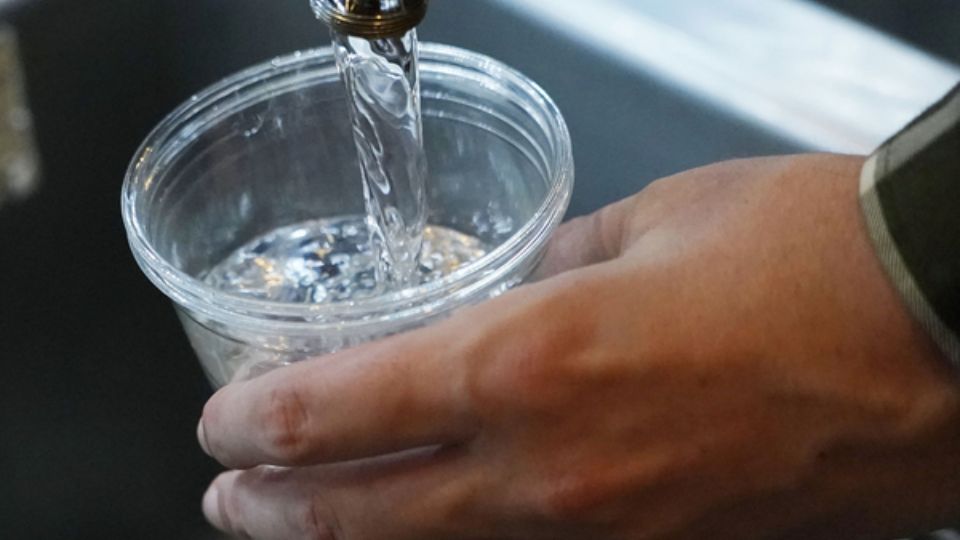On Wednesday, the federal government made a surprising decision to introduce tough new restrictions on “forever chemicals” in public water systems. This will be expensive for local water utilities in some states, and many believe that taxpayers will end up paying for it.
Massachusetts is one of the first states to establish acceptable limits for PFAS and mandate testing for PFAS in drinking water. Therefore, this may not be as much of a problem for Massachusetts. The new rule started in early 2021, and as a result, many towns across the state found higher levels of PFAS than what is allowed by the new state standard. Towns that have found high levels of PFAS have taken action to install new filters or find new sources of water.
The Environmental Protection Agency (EPA) has a requirement that the levels of perfluoroalkyl and polyfluoroalkyl chemicals (collectively known as PFAS) should be reduced to almost zero. The rule is the first national limit on toxic PFAS in drinking water. PFAS are chemicals that are found everywhere, stay in the environment for a long time, and have been connected to cancer and many other health issues.
They are everywhere, used in a wide range of products including food packaging, cookware, dental floss, personal care items, children’s toys, and firefighting foams. A study conducted by the U.S. Geological Survey in 2023 found that at least 45 percent of water systems in the United States contain one or more types of PFAS chemicals. PFAS have been discovered in public water systems at various locations in Massachusetts.
- Barnes Air National Guard Base
- Westover Air Reserve Base
- Fort Devens
- 54 Richardson Road in Chelmsford
- Precision Coating Facility in Hudson
- Bedford Naval Weapons Industrial Reserve Plant
- Hanscom Air Force Base
- Springvale H&T Water Treatment Plant
- Naval Air Station South Weymouth
- Rehoboth National Guard Site
- Joint Base Cape Cod
- Martha’s Vineyard Airport
- Nantucket Memorial Airport
Health advocates were happy with the Environmental Protection Agency’s decision to not change the strict limits they proposed last year. However, water utilities disagreed with the rule, stating that installing treatment systems is costly and that customers will ultimately have to pay more for water.
Also read: Police States 3 Hurt and 5 In Custody After West Philadelphia Shooting
Water providers are now required to meet stricter health standards set by the EPA, which will improve the safety of tap water for millions of people. This is a priority for the Biden administration. The agency has suggested that utilities should be required to remove lead pipes that pose a risk to public safety.
Utility groups are cautioning that the rules will be very expensive, costing tens of billions of dollars each. They also highlight that small communities with limited resources will be most affected. There will definitely be legal challenges.
EPA Administrator Michael Regan believes that the rule is the most significant action that the EPA has ever taken regarding PFAS. “The rule is extensive and will have a significant impact on the health and well-being of many communities in our country,” Regan said.
Environmental and health advocates were happy with the rule, but they also mentioned that manufacturers of PFAS knew a long time ago that these substances were dangerous. However, they chose to hide or minimize the evidence. They argue that limits should have been implemented earlier.
“According to Scott Faber, a food and water expert at Environmental Working Group, the most cost effective way to reduce our exposure to PFAS in our drinking water is by reducing it.” “Reducing other exposures like PFAS in food, clothing, or carpets is more difficult.”
In the past year, the EPA has been releasing batches of test results for PFAS in drinking water from utilities. About 16 percent of utilities discovered that they had at least one of the two PFAS chemicals, which are now strictly limited, at or above the new limits. These services are used by millions of people. The Biden administration expects that approximately 6 percent to 10 percent of water systems will surpass the new limits.
Water providers usually have a period of three years to conduct testing. According to EPA officials, if those tests go over the limits, they will have two additional years to put in treatment systems.
There are funds available to assist utilities. 3M, a company that makes products, has agreed to pay over $10 billion to drinking water providers to resolve legal issues related to PFAS. The Bipartisan Infrastructure Law includes billions of dollars to fight against the substance. However, utilities argue that additional resources will be required.
The EPA has changed its health guidance for forever chemicals in recent years because new research has shown more information about their health risks. A few years ago, the EPA gave a warning that the combined levels of PFOA and PFOS should not go over 70 parts per trillion for health reasons. According to the agency, there is no safe amount.



Leave a Reply